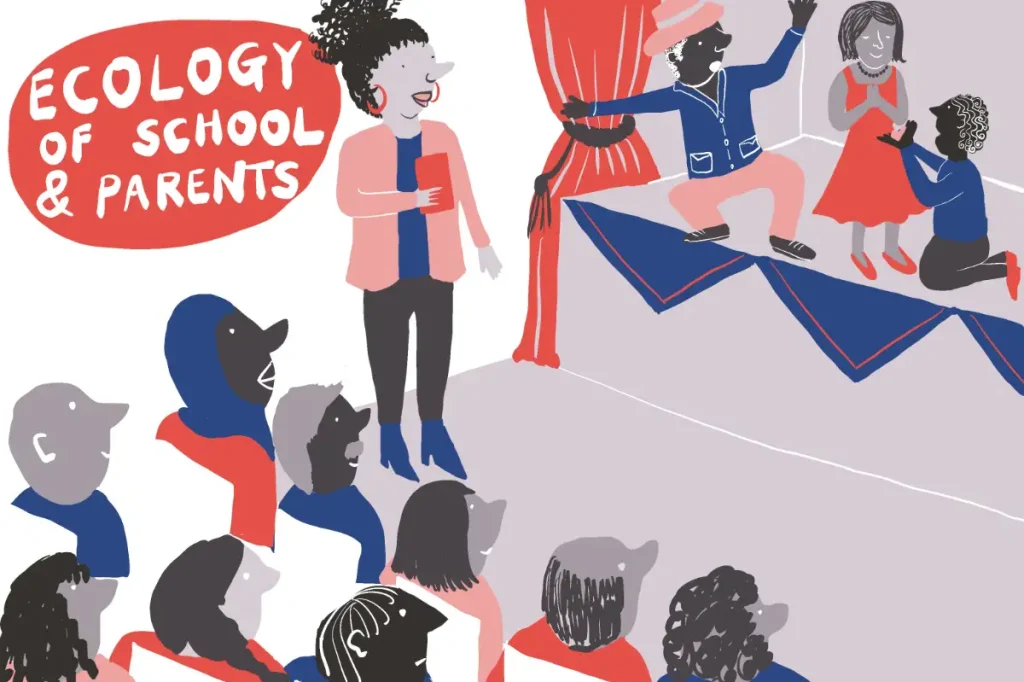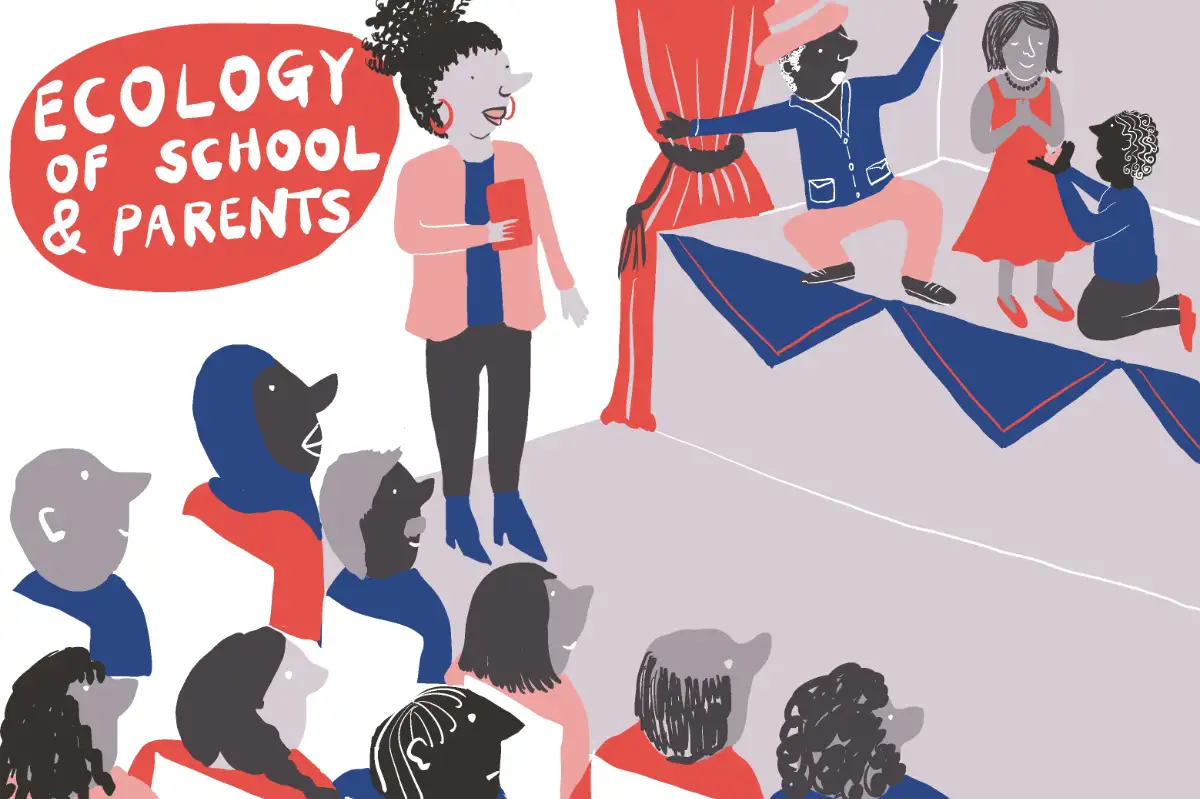Sally Bacon reflects on the Primary School provision & the arts sector over the last 40 years
We published The Arts in Schools: a new conversation on the value of the arts in and beyond schools in May 2022, reflecting on the 1982 Gulbenkian report on this topic, and developments in arts education since. In June and July 2022 we convened a series of roundtables on Zoom with school leaders, teachers, arts education practitioners, academics and policy makers on eight themes in the original report.
What follows are personal reflections following what was discussed in a meeting chaired by Professor Teresa Cremin on arts provision in primary education. A fuller response to what we heard across all the roundtables and responses to our Think Piece will be published in a new report in early 2023.
In the 1982 report the arts were seen as ‘natural forms of expression and communication’, and the job of primary education was described as being to develop these ‘natural capacities into practical capabilities.’ In considering some of the problems, the report described cuts in public spending and a potential ‘cycle of constraint’: ‘Where the arts are poorly provided for in schools, children will not benefit from them in the ways we have described. Consequently other members of staff, parents and governors will not see their real value. As a result they will continue to be poorly provided for.’ [1] Teacher confidence was seen as the most common obstacle to effective arts teaching. As well as calling for a compulsory arts element in teacher training, and the appointment of teachers with specialist arts training, the report called for something more fundamental in terms of training: ‘General theoretical studies [in PGCE and BEd courses] which encourage an appreciation of the importance of the arts in the balanced development of the child.’

Forty years later we are seeing much good work happening, but more broadly a very real ‘cycle of constraint’ is playing out as a direct consequence of the need to service performance measures which do not value the arts.[2] The 1982 report made clear that leadership for the arts in primary schools was vital: ‘There are many schools where the arts flourish. In every case the headteacher and other staff appreciate and support them.’[3] In order to create strategic arts plans, school leaders need permission to trust their professional judgement about the importance of the arts for their pupils in the face of accountability pressures which deprioritise the arts and undermine a clear sense of a broad and balanced purpose that is child centred and age appropriate.
One route to school leaders taking responsibility for developing the arts is building a more widespread understanding of their benefits in primary education, and the ways in which they develop capacities and capabilities such as confidence, oracy, empathy, compassion, self-expression and independence, as well as wellbeing.[4] In the face of increasing mental health challenges within a complex and fast-changing world, giving children the space and skills to express themselves in and through all art forms, as a way to understand themselves, others, and the world around them, is a key aspect of a child’s right to a rich education. An understanding of the value of the arts in relation to the whole child, and to wellbeing, is central to primary provision. Given the commonplace arts prerogative within the independent sector, the arts offer within state schools is a social justice entitlement issue.
If we were to produce a word cloud of our primary consultation meeting, ‘time’ would be writ large, and time pressure would now seem to be more acute than in 1982, pre National Curriculum. Consultees were clear that we need to make and protect time for the arts – importantly within the curriculum and within timetabling for the school day, as well as after school. We were told that teachers need time to reflect, evaluate and share good practice.
Teachers need support. We heard loud and clear that primary teacher confidence and commitment in the arts – differentiating between generalists and specialists – should be developed through coherent, collaborative ITE and CPDL, so that teachers feel able to build the arts into their daily practice, and to design a curriculum to maximise arts opportunities.[5] The Paul Hamlyn Foundation is seen as leading the way through its Teacher Development Fund. An investment in arts CPDL was presented as an investment in school improvement.
Whilst support for teachers is undeniably important, there is something at play which is about underlying changes in recent years. Primary provision differs from secondary in being largely delivered by non-specialists. There is an expectation and assumption that non-specialists can teach maths and English all the time in primary, but there is a prevailing view that arts specialisms are different. Phonics and maths are required nationally for the very youngest of children, which signals their primacy and effectively demotes other curriculum areas, meaning that resources, including CPDL, are not directed towards them. Primary school days are not parcelled up into subjects as they are in secondary, so to integrate the arts requires more enlightened curriculum planning which historically primary teachers and heads were adept at. But we have a generation of teachers and school leaders schooled primarily in compliance with success criteria focused on literacy and numeracy. Maybe as well as losing a sense of broad and balanced provision in secondary in recent years, we have lost some of the best of cross-curricular arts-rich work in primary?
One participant told us that it’s unlikely that any head would not want to deliver the arts, but they are hampered by a lack of knowledge, a lack of confidence, and the struggle to fit in ‘yet another thing’. Delivering purely on the legal requirements is the default. If the value and purpose of teaching the arts can be fully understood, the next step is supporting schools in delivery. Examples of how to combine arts work with the statutory requirements, in rural as well as urban schools, are vital. Supplying inspiring practical resources will help: free, easy-to-access case studies to show what others are successfully doing and achieving, and how arts-rich timetabling can be created. We need a system-wide sharing of practice, and leadership permission to pick it up and run with it.
Sharing and celebrating case studies demonstrating the impact of what works well is important. Children need a curriculum that values and protects all art forms and that serves to amplify their voices, including those of the most vulnerable. They – and their artistic achievements – are an important part of the narrative case-making for how and why we must value the arts in primary schools. School leaders supporting the arts enables visibility, with the arts being ‘on show’ to parents and governors, and celebrated within the school and wider community. The arts animate a school, but it’s important to acknowledge that arts provision in primary should go far beyond performance and display to the heart of the curriculum and pedagogy.
[1] The Arts in Schools, p. 48/49
[3] The Arts in Schools, p. 48
[4] Arts-in-Schools-Briefing-A4.pdf
[5] ITE – initial Teacher Education | CPDL – Continuing Professional Development
We will be sharing a new The arts in schools: foundations for the future report in Spring 2023. Subscribe to our newsletter to stay up to date, and get involved in the conversation on social media using the #ArtsInSchools hashtag.




